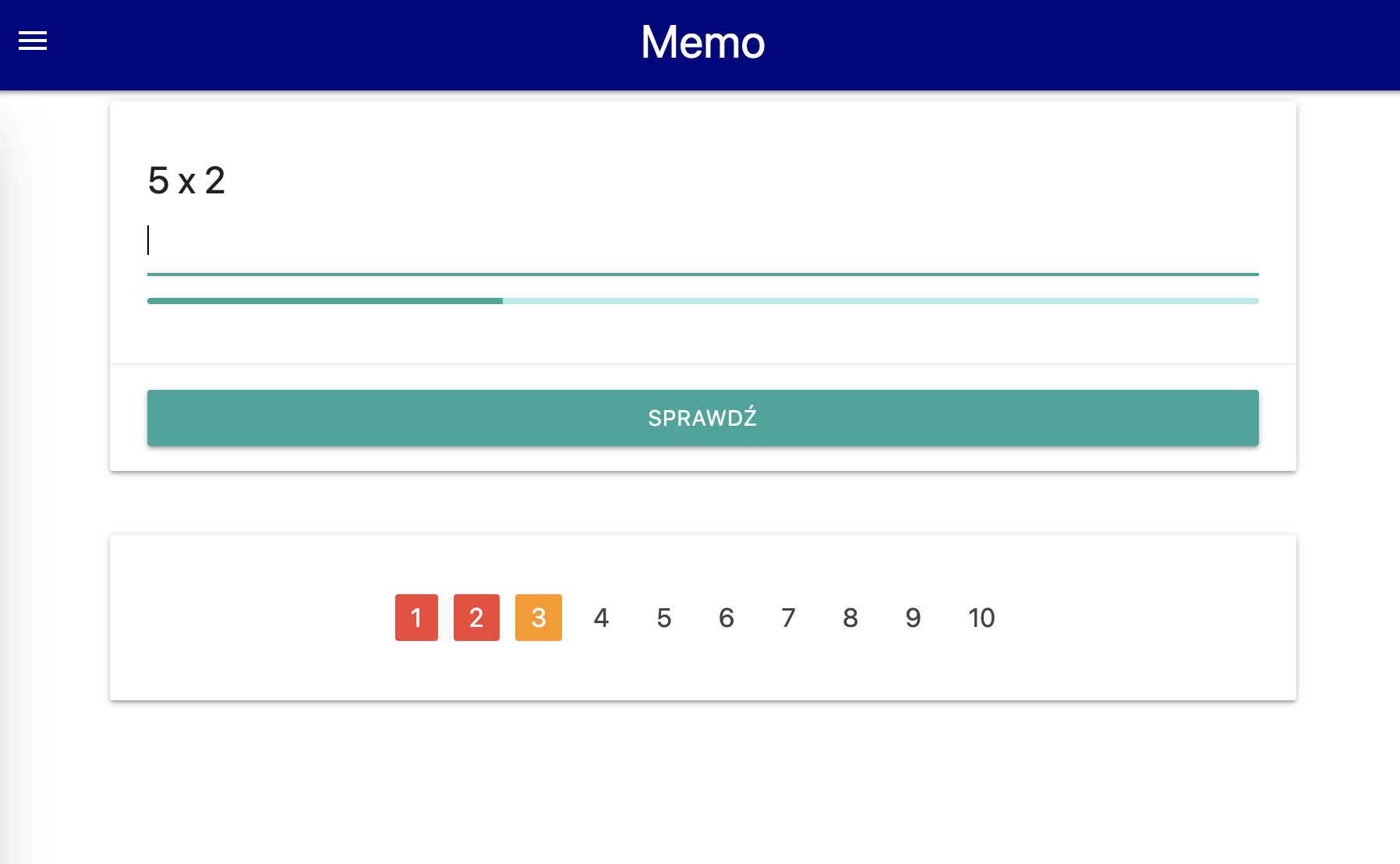Biased random algorithm
Choosing random elements from an array without repetitions is generally a typical programming task. But what if we would like to have randomness, but with some influence on how this randomness works?
This is my solution for the biased random problem - selecting random array elements with the ability to adjust the likelihood of each element being chosen.
Problem description
To be more precise, let's write a PHP function with the following structure:
<?php
function getMultipleBiasedRandomElements(array $array, array $biases, int $count) {
// code here...
}
?>
where:
$arrayis an array of elements of any type. This will be the array from which we will choose the elements$biasesan array of floats matching$array's size. Each element of$biasesshould define the probability of choosing corresponding item from$array, where:- 1.0 is the standard probability,
- values below 1.0 reduce the likelihood,
- 0.0 means the element can’t be chosen,
- values above 1.0 increase the likelihood.
- negative values are not allowed
$countis the number of elements to select.
Example
Given $array = ['a', 'b', 'c', 'd'], $biases = [1.0, 0.5, 1.0, 3.0], and $count = 2:
- The probability of selecting
'b'is halved compared to'a'or'c'(factor 0.5). - The probability of selecting
'd'is three times higher than'a'or'c'(factor 3.0).
Real-life example
Some example of where can we use the biased random algorithm is the multiplication table quiz app for primary school kids:
The application should ask a few random question about the multiplication table and verify the student's answer.
The problem is that the multiplication table contains some very simple operations (like multiplying by
0,1or10), but also some more difficult to remember (like7 * 8)Let's take a look:
very simple - simple - moderate - difficult
Of course, we can argue whether some operation is "simple", "very simple", "normal" or "difficult", but let's stick to the definition from the table above. We can see that there's more green than red in the table - "simple" and "very simple" questions are majority, "difficult" - are minority.
But if we want kids to learn, the app should focus on the difficult operations, and reduce question about the simple ones.
This is where the biased random algorithm might be used. We could assign higher biases to "difficult" questions, making them more likely to be chosen, and lower biases to the "simple" and "very simple" to make them less probable to be chosen.
My solution
Do you have a better idea?
This solution works, but maybe you have some better solution? Let me know in the comments!
This is my solution (see comments on the listing):
- PHP doesn't have a straightforward function to generate a random floating point number between 0.0 and 1.0, so I defined my own using PHP's built-in functions.
- This function requires more explanation; please refer to the description below the listing.
- In this case, we should select the entire array and simply randomize it. There's no need to use the biased random algorithm.
- We need to make sure we won't change the input array. This operation in not required in PHP, because - unlike other languages, like Java - PHP passes arrays by value (copies them). Therefore, the input array is already a copy. However, I included it for clarity, especially for readers unfamiliar with PHP.
- In the loop, select a random element from the array copy, append it to
$result, and remove it from the copy to prevent duplicates.
How getBiasedRandomIndex works?
The most interesting part of this algorithm is the getBiasedRandomIndex function.
The main idea behind it is to create a range, which is split into parts of length
proportional to the biases (probabilities) of each array elements.
Example 1 - when biases are equal
- let
$arraybe['a', 'b', 'c', 'd'] - let
$biasesall be equal -[1.0, 1.0, 1.0, 1.0]
Then the range should look like this:
Now if we pick a random point from this range (using a normal, unbiased random), the probability of choosing a point belonging to each part is equal.
Example 2 - when biases are not equal
- let
$arraybe['a', 'b', 'c', 'd'] - let
$biasesall be equal -[1.0, 0.5, 1.0, 3.0]
Then the range should look like this:
Please note, that:
- width of
aandcare equal - width of
bif half the width ofaorc - width of
dif triple the width ofaorc
Now we can clearly see, that if we pick a random point from this range (using a normal, unbiased random), the probability of choosing a point belonging to each part is not equal anymore - it's proportional to the biases. And this is exactly what we want.
Summary: so how getBiasedRandomIndex works
- First
getBiasedRandomIndexcreates a range by summing all the biases and remembering the borders between each part in$rightRangeBordersExclusivearray (lines 13-18). - Then it picks a random point from this range - line 20
- Finally, it checks to which part the point belongs and returns the index of this part (lines 22-26)
